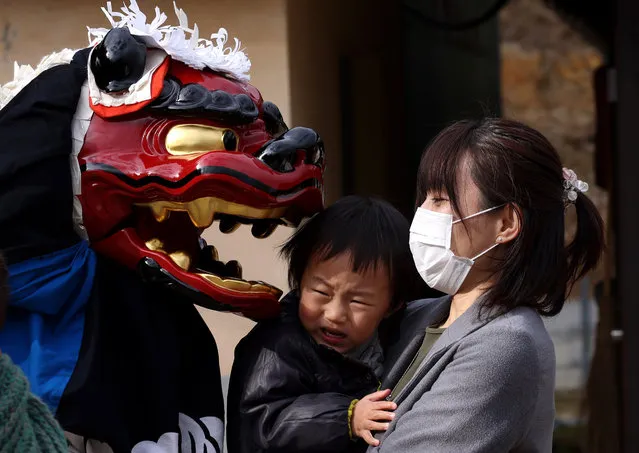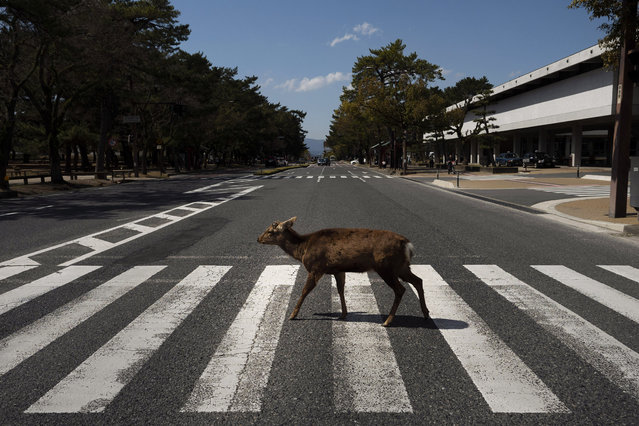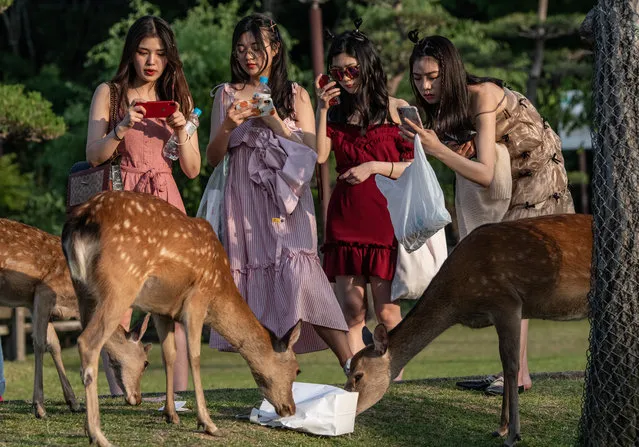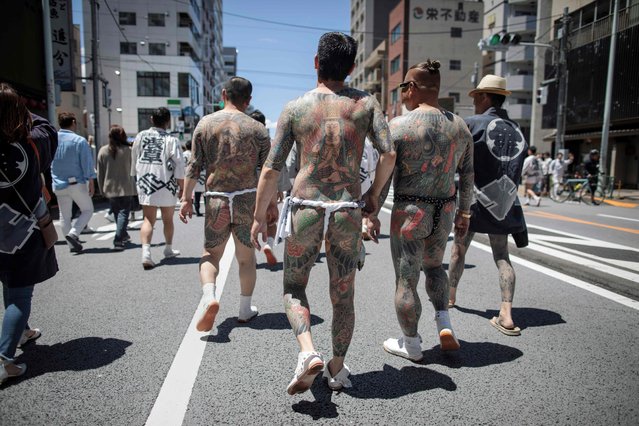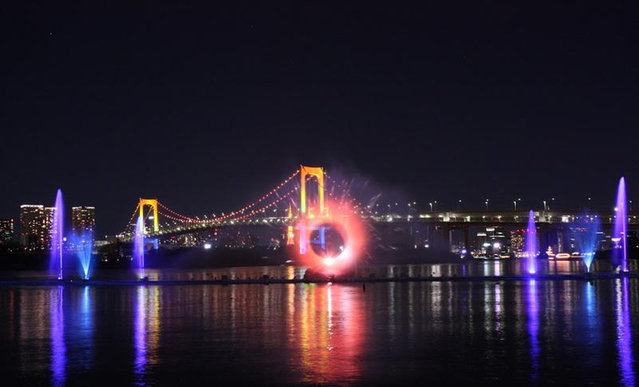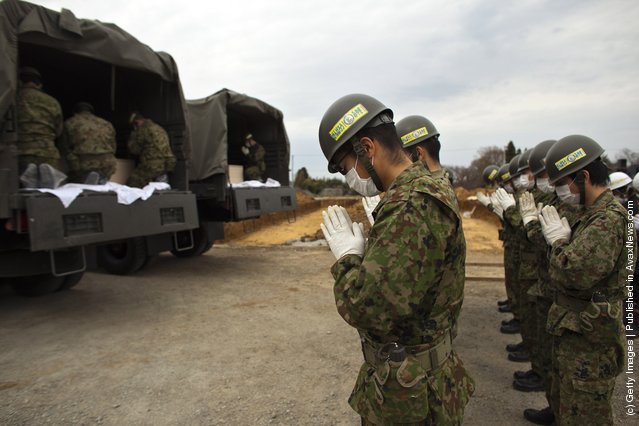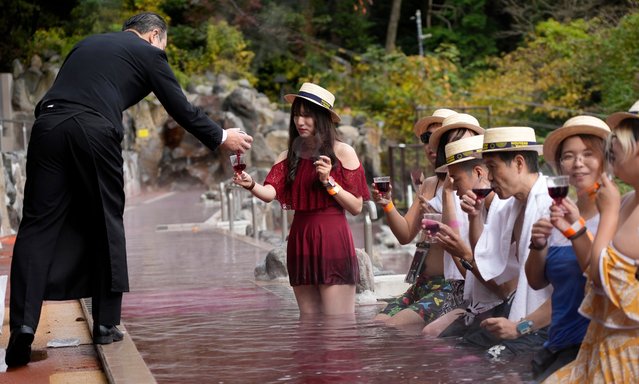
A sommelier serves the glass with 2021 Beaujolais Nouveau wine of a young woman bathing in a red colored hot water bath, on the day of the Beaujolais Nouveau official release, at Hakone Kowakien Yunessun hot spring resort in Hakone, Japan, 18 November 2021. Japan is a major market for the Beaujolais Nouveau. However, the country's total Beaujolais Nouveau imports are expected to fall by 20 per cent from 2019 to around 3,6 million bottles, amid the ongoing coronavirus pandemic. (Photo by Franck Robichon/EPA/EFE)
25 Nov 2021 07:43:00,post received
0 comments

